Practicing yoga is a powerful way to enhance flexibility and reduce the risk of injuries. This ancient discipline offers a holistic approach to health and wellness, promoting physical strength, mental clarity, and emotional balance. But how exactly does yoga contribute to flexibility and injury prevention? Let’s delve into the fascinating world of yoga and discover its myriad benefits.
Key Takeaways
- Yoga improves flexibility and reduces injury risk through stretching, muscle elongation, and improved joint mobility.
- Different types of yoga offer unique benefits for flexibility and injury prevention.
- Specific yoga poses target different areas of the body to enhance flexibility.
- Practicing yoga safely and regularly can lead to cumulative benefits beyond flexibility, including stress reduction and improved mental health.
Introduction to Yoga and Flexibility
Definition of Yoga
Yoga is a mind-body practice that originated in ancient India. It combines physical postures, breathing exercises, and meditation to promote overall health and well-being. Yoga is more than just a form of exercise; it’s a holistic approach to wellness that integrates the mind, body, and spirit.
Connection between Yoga and Flexibility
Flexibility is a key component of physical fitness, and yoga is renowned for its ability to enhance this quality. Regular yoga practice can help to stretch and lengthen muscles, improve joint mobility, and increase range of motion. These benefits not only improve flexibility but also reduce the risk of injuries, making yoga an excellent choice for anyone looking to improve their physical health and fitness.
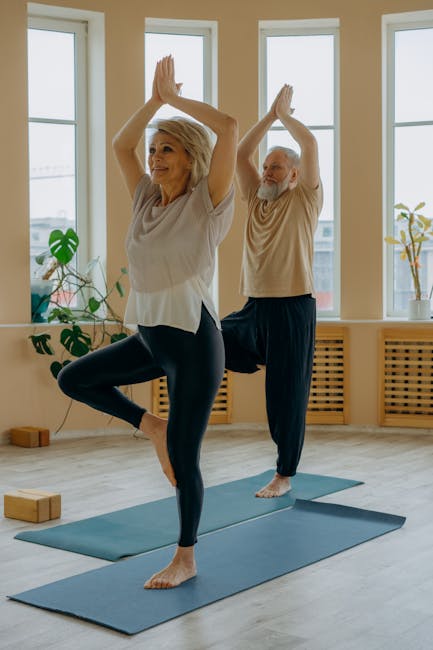
Mechanisms of Yoga in Enhancing Flexibility
Stretching and Muscle Elongation
Yoga poses, or asanas, involve stretching and holding positions that elongate the muscles. This process helps to increase muscle flexibility and reduce muscle stiffness, which can prevent injuries and improve physical performance. Stretching and muscle elongation are key aspects of yoga that contribute to its benefits for flexibility.
Improvement of Joint Mobility
Yoga also promotes joint mobility. The various poses and movements in yoga can help to lubricate the joints, improving their range of motion and reducing the risk of joint-related injuries. This is particularly beneficial for individuals with joint conditions such as arthritis.
Enhancement of Blood Circulation
Practicing yoga can enhance blood circulation, ensuring that nutrients and oxygen are efficiently delivered to the muscles. This can aid in muscle recovery and reduce the risk of muscle injuries.
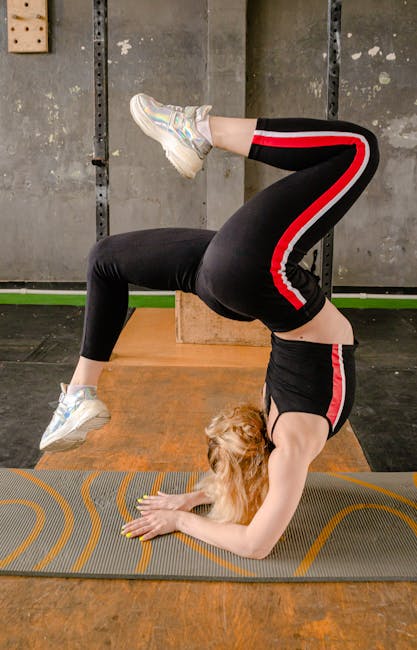
Types of Yoga for Flexibility and Injury Prevention
Ashtanga Yoga
Physically demanding poses
Ashtanga yoga is a physically demanding style that involves a series of specific poses performed in a continuous, flowing sequence. This type of yoga can significantly improve muscular strength and flexibility.
Benefits for muscular strength and flexibility
The dynamic nature of Ashtanga yoga makes it particularly effective for enhancing flexibility and reducing injury risk. It can help to strengthen the muscles, improve balance, and increase endurance, all of which contribute to injury prevention. Ashtanga yoga for flexibility
Hatha Yoga
Slower pace suitable for beginners
Hatha yoga is a slower-paced style that focuses on basic poses and breathing exercises. It’s an excellent choice for beginners or those looking for a more relaxed and meditative yoga practice.
Focus on basic poses
The focus on basic poses in Hatha yoga allows for a thorough stretching and relaxation of the muscles, which can enhance flexibility and reduce the risk of injuries.
Iyengar Yoga
Emphasis on body alignment
Iyengar yoga places a strong emphasis on proper body alignment. This style of yoga often uses props like blocks and straps to help practitioners achieve correct alignment and safely perform the poses.
Use of props for safe practice
The use of props in Iyengar yoga can help to prevent injuries by ensuring that poses are performed correctly and safely. This can be particularly beneficial for individuals with physical limitations or those recovering from injuries.
Restorative Yoga
Focus on relaxation and healing
Restorative yoga is a gentle style that focuses on relaxation and healing. It uses props to support the body in gentle poses, allowing for deep relaxation and stress relief.
Use of props to support gentle poses
The use of props in restorative yoga allows for a gentle and safe practice, reducing the risk of injuries and promoting flexibility. Restorative yoga for athletes can be particularly beneficial for recovery and injury prevention.

Specific Yoga Poses for Enhancing Flexibility
Poses for Overall Flexibility
There are numerous yoga poses that can enhance overall flexibility. These include the Downward-Facing Dog, which stretches the entire body, and the Warrior poses, which strengthen and stretch the legs and hips.
Poses Targeting Back Flexibility
For back flexibility, poses like the Cobra and the Upward-Facing Dog are particularly effective. These poses stretch and strengthen the muscles in the back, improving flexibility and reducing the risk of back injuries.
Poses Enhancing Core Flexibility
Core flexibility can be enhanced through poses like the Boat and the Plank, which strengthen and stretch the abdominal muscles. A strong and flexible core is essential for overall physical fitness and injury prevention.
Poses for Hip Flexibility
Hip flexibility can be improved through poses like the Pigeon and the Butterfly. These poses stretch the hip muscles and can help to alleviate hip stiffness and pain.
Poses for Shoulder and Neck Flexibility
Shoulder and neck flexibility can be enhanced through poses like the Eagle and the Cow Face. These poses stretch the muscles in the shoulders and neck, reducing tension and improving flexibility.

Safety Tips and Best Practices in Yoga
Importance of Proper Technique
Proper technique is crucial in yoga to ensure safety and effectiveness. It’s important to learn the correct form for each pose to avoid injuries and get the most out of your practice. Proper yoga techniques
Awareness of Body Limits and Sensations
Listening to your body is key in yoga. Be aware of your body’s limits and sensations, and never push yourself to the point of pain. Remember, yoga is not about competition or perfection, but about self-awareness and personal growth.
Gradual Progression in Practice
Gradual progression is recommended in yoga. Start with simpler poses and gradually move on to more complex ones as your flexibility and strength improve. This approach can help to prevent injuries and ensure a safe and effective practice.
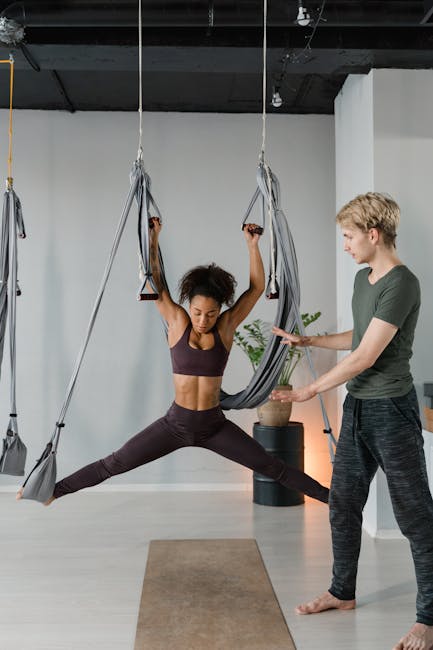
The Role of Stretching in Yoga
Importance of Stretching for Injury Prevention
Stretching is a key component of yoga and plays a crucial role in injury prevention. Regular stretching can increase flexibility, improve range of motion, and reduce muscle stiffness, all of which can help to prevent injuries. Stretching for injury prevention
Cumulative Effects of Regular Stretching
The benefits of stretching in yoga are cumulative. Regular practice can lead to long-term improvements in flexibility and a reduced risk of injuries.
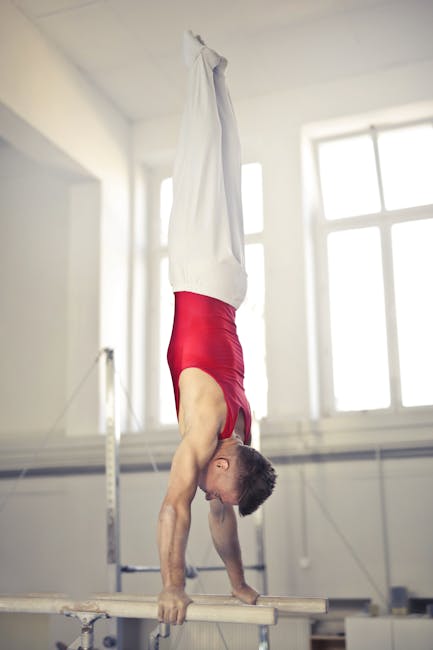
Benefits of Yoga Beyond Flexibility
Stress Reduction
Yoga is well-known for its stress-reducing benefits. The combination of physical poses, breathing exercises, and meditation can help to calm the mind and reduce stress, contributing to overall mental well-being.
Improved Mental Health
In addition to physical benefits, yoga can also improve mental health. Regular practice can enhance focus, improve mood, and promote a sense of inner peace and tranquility. Yoga for mental health
Risks and Side Effects of Yoga
Common Yoga Injuries
While yoga is generally safe, injuries can occur if poses are performed incorrectly or without proper guidance. Common yoga injuries include strains and sprains, particularly in the wrists, shoulders, and knees. Common yoga injuries
How to Avoid Potential Risks
To avoid potential risks in yoga, it’s important to practice with proper technique, be aware of your body’s limits, and progress gradually. It’s also recommended to learn from a qualified yoga instructor who can guide you in performing the poses safely and effectively.
Incorporating Yoga into Daily Routine
Tips for Beginners
For beginners, it’s recommended to start with a beginner-friendly style like Hatha yoga and gradually progress to more challenging styles. It’s also important to listen to your body and take rest days as needed.
Recommendations for Consistent Practice
Consistency is key in yoga. Regular practice, even for just a few minutes a day, can lead to significant improvements in flexibility and a reduced risk of injuries.
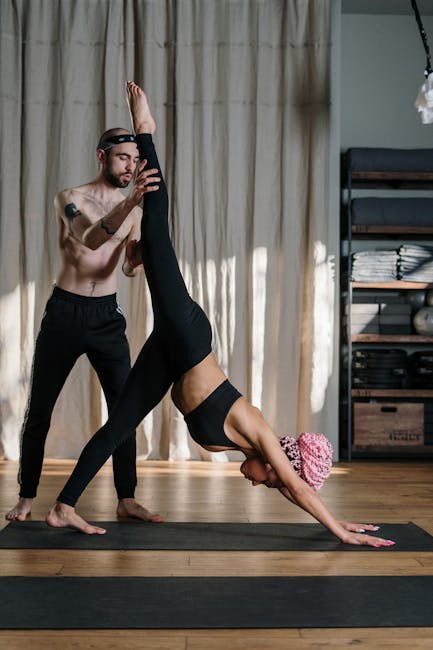
Conclusion
Summary of Yoga Benefits for Flexibility and Injury Prevention
In conclusion, yoga is a powerful tool for enhancing flexibility and reducing the risk of injuries. Through stretching and muscle elongation, improvement of joint mobility, and enhancement of blood circulation, yoga can significantly improve physical fitness and well-being.
Encouragement to Practice Safely and Regularly
We encourage everyone to incorporate yoga into their daily routine, practicing safely and regularly to reap its myriad benefits. Remember, yoga is not just about physical fitness, but also about mental clarity and emotional balance. So why not roll out your yoga mat and start your journey to flexibility and wellness today?
Unfolding the Mysteries of Yoga: An FAQ on Enhancing Flexibility and Reducing Injury Risk
What is the link between yoga and flexibility?
Yoga involves a series of postures and stretches that gradually increase the range of motion in the joints and lengthen the muscles. Regular practice not only enhances flexibility but also strengthens the muscles around the joints, contributing to better movement and less stiffness.
How does yoga reduce the risk of injury?
By improving flexibility and muscle strength, yoga helps to balance the body’s mechanics, reducing the strain on muscles and joints. This balanced state decreases the likelihood of injuries, especially those related to overuse and muscle imbalance.
Can beginners expect to see improvements in flexibility immediately?
While immediate improvements might be subtle, beginners will typically notice increased flexibility within a few weeks of consistent practice. The key is regularity and patience, as flexibility improvements are gradual.
Are there specific yoga poses that are particularly effective for enhancing flexibility?
Yes, poses like Downward-Facing Dog, Pigeon Pose, and Forward Fold are especially beneficial for increasing flexibility. These poses target major muscle groups and can be modified to suit all levels of practitioners.
How often should I practice yoga to improve flexibility and reduce injury risk?
For noticeable improvements, aim for at least 3 to 5 times per week. Consistency is more important than duration; even a short daily practice can be more beneficial than a long session done infrequently.
Is yoga enough for injury prevention, or should it be combined with other forms of exercise?
While yoga is excellent for enhancing flexibility and reducing injury risk, combining it with other forms of exercise like strength training and cardiovascular workouts can provide a well-rounded fitness regimen that further decreases the risk of injury.
Can yoga help in recovering from an existing injury?
Yoga can be an effective part of rehabilitation from some injuries, particularly those related to muscle strains or joint issues. However, it’s crucial to consult with a healthcare provider before starting yoga to ensure it’s safe and to receive recommendations on specific poses to avoid or focus on.
What precautions should be taken to avoid injuries while practicing yoga?
To minimize the risk of injury, always warm up before practicing, focus on maintaining proper form, and avoid pushing your body into painful positions. Listening to your body and using props for support can also help prevent overstretching and strain.
Does age affect the ability to gain flexibility through yoga?
Flexibility can be improved at any age through regular yoga practice. While younger bodies may find it easier to increase flexibility, older practitioners can also make significant gains by adapting poses to meet their current flexibility levels and being consistent with their practice.
How does mental health benefit from practicing yoga for flexibility and injury prevention?
Yoga not only enhances physical health by improving flexibility and reducing injury risk but also benefits mental health. The practice encourages mindfulness, reduces stress, and can improve overall mood, creating a positive feedback loop that supports both mental and physical well-being.



